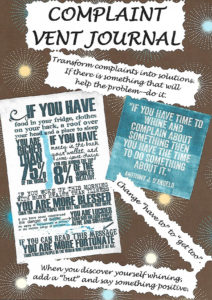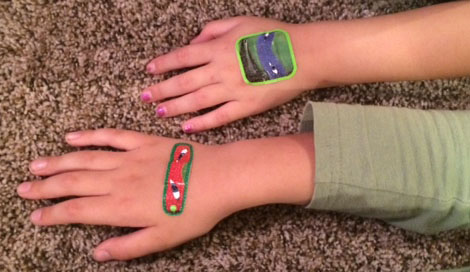
Strip away the facts and advice that we’ve covered over the last few months. Here are my deepest thoughts on my character quest for a positive attitude.
UNBIDDEN
©Tami Brumbaugh
Unbidden
Dreary thoughts creep through open windows
Innocent-looking pests
Needing a place to rest
I’m a reluctant host
But offer them a room.
“Just for the night,” I state.
They unpack their bags overflowing with discontent, comparisons, and injustice
Burrowing
Unwelcome
Depressing thoughts awaken and slither from their beds
Disguised pests
Now wanting food to eat
I’m a hesitant host
But seat them at my table
“Just one meal,” I say.
They nibble at my tranquility, and sneak second helpings of my joy
Devouring
Unwanted
Dismal thoughts stalk from the table
Concerning pests
Demanding entertainment
I’m an accommodating host
And share my deepest desires
“Just don’t get too comfortable,” I beg.
They kick off their shoes, splattering mud on my hopes and dreams
Wrecking
“Just wait a minute,” I protest.
“You don’t own this place. It’s time for you to leave.”
Their façade drops to the floor like empty promises
They snarl and sprout tentacles that latch onto my soul
Siphoning
“Just try to make us,” they taunt.
They hang my disappointments under bright lights and read them to me one by one
I turn away in agony, but they pursue
Shoving my failures into my face with such force I fall backwards
Banging my head against the wall
Bleeding
Unnerved
I retreat to my room
Locking the door and turning off the light
I curl into a ball on the floor
Wallowing in misery
Letting the happiness drain from my wound unchecked
Depression seeps under the door
Saturating my socks and creeping up to my heart
I watch in horrified fascination
My arms hanging limp at my sides
Useless appendages failing to come to my aid
Drowning
Unexpected
Encouraging refrains of a song tap at the window
Subtle words
Eager to soothe
I’m a wounded host
Unable to offer them a room
“Just let me fade,” I cry.
They mop up the depression and bandage my wounds with peace
Healing
Undeserved
Uplifting refrains turn on the lights and point out my blessings
Reflective words
Reminding me of the good
I’m a cautious host
And uncoil from my ball.
“Just help me up,” I plead.
They grasp my hands and pull me to my feet, offering a shoulder to lean on.
Strengthening
Unconditional
Inspiring refrains steer my eyes off myself so I can see others
Optimistic words
Reminding me of my purpose
I’m an invigorated host.
And throw open the room’s door
“Just watch me now,” I exclaim.
I chase the destructive thoughts out of my mind, spraying air freshener to remove their stench.
Growing
When the destructive thoughts return
Pounding at the door with calloused fists
I will point to my ‘No Soliciting’ sign
The sullen pests may yell and threaten
But they are banished
Undone
Drowned out by illuminating refrains
Affirmative words from songs, scripture, supporters
Feeding my soul
Bidden
Welcome
Wanted






 of the other kids started screaming because of the noise…” On and on I ranted. It was seriously a case of Alexander and the Terrible, Horrible, No Good, Very Bad Day spewing from my mouth.
of the other kids started screaming because of the noise…” On and on I ranted. It was seriously a case of Alexander and the Terrible, Horrible, No Good, Very Bad Day spewing from my mouth.



 seems unfair. It shares the story of a Navajo girl who spent years working toward owning a horse of her own. Just when her dream is within her grasp, disaster strikes, and the pinto filly she earned goes to someone else. So unfair! She struggles with the choice to persevere and grow or withdraw and wither.
seems unfair. It shares the story of a Navajo girl who spent years working toward owning a horse of her own. Just when her dream is within her grasp, disaster strikes, and the pinto filly she earned goes to someone else. So unfair! She struggles with the choice to persevere and grow or withdraw and wither.